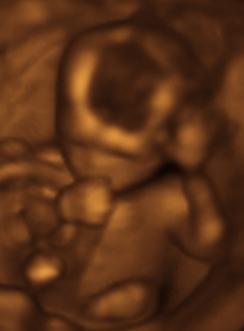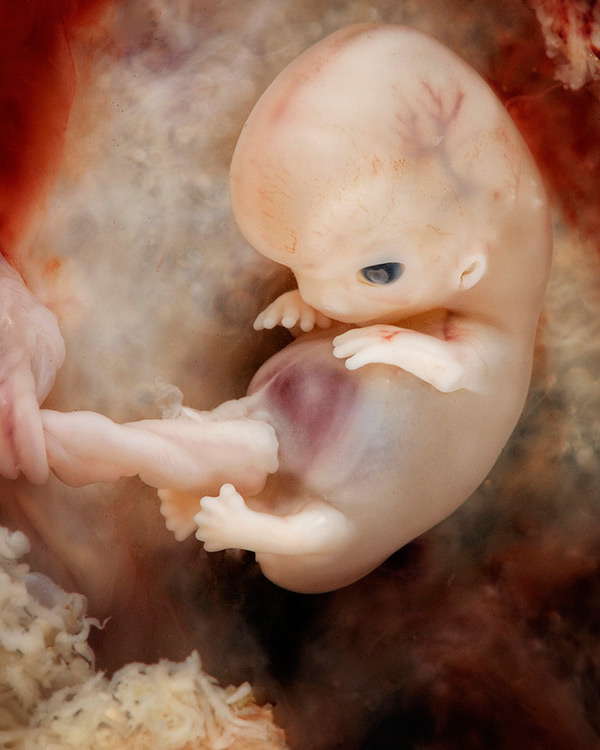
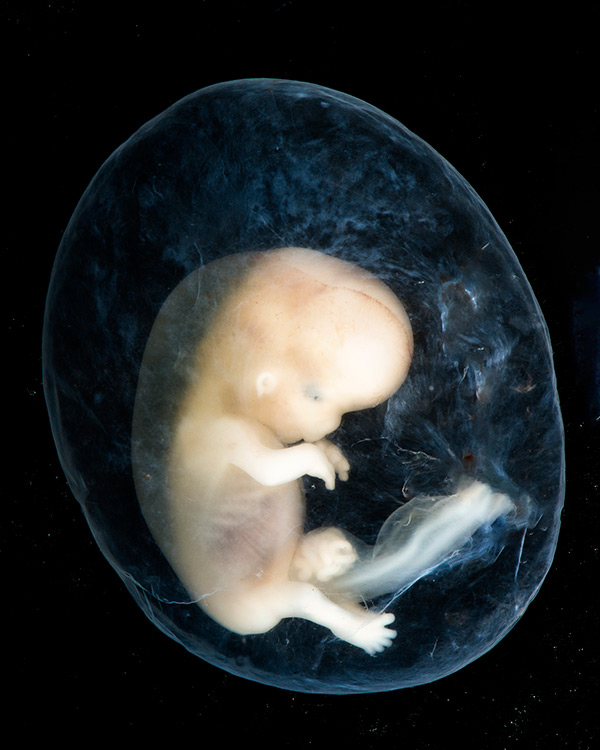
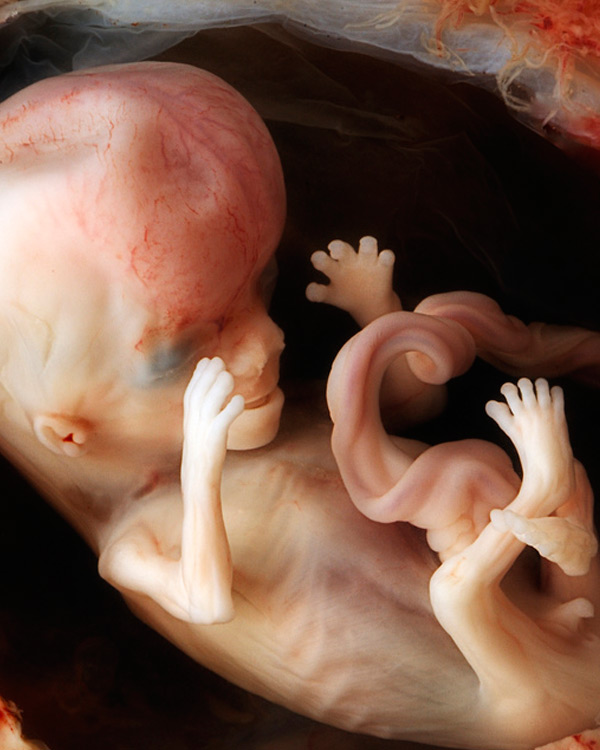
Conception
“[The zygote], formed by the union of an oocyte and a sperm, is the beginning of a new human being.”¹
The moment of fertilization indicates that a new and unrepeatable human life has been created. In that instant, the DNA for the new human life exists and everything, from eye colour to height, is determined.
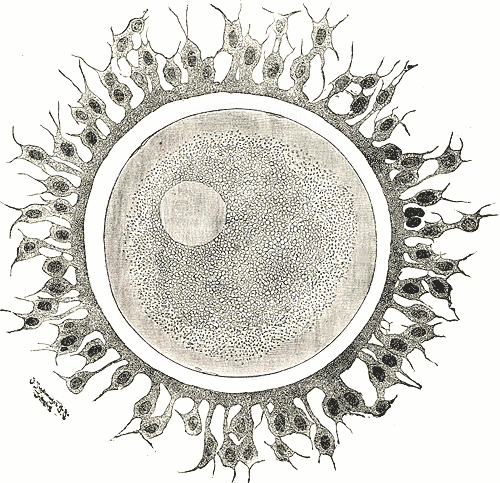
First Trimester
The first trimester lasts from the 1st week to the 12th week of pregnancy.
Once an egg has been fertilized, that new organism is known as a zygote. This is the earliest stage of human development. They zygote developes into a blastocyst and by the 4th week of pregnancy (2 weeks after conception), the blastocyst has implanted on the uterine wall and developed into an embryo.
By the fourth week after conception (the 6th week of pregnancy), the embryo has developed: a spinal cord, a heart that pumps blood, the beginnings of a central nervous system, and buds that will become arms and legs!
6 weeks after conception (the 8th week of pregnancy), the embryo has further developed: a brain, a face, arms, legs, and fingers. The outer ear also begins to form.
By the 11th week of pregnancy (the 9th week after conception), the embryo’s bones begin to develop. Its arms can bend at the elbow and toes begin to form. The eyelids begin to close to protect the embryo’s eyes, the head becomes round, and the neck begins to develop. The liver is also developed enough to form red blood cells.
Week 12 of pregnancy (10 weeks after conception) begins the fetal stage! The embryo is now a fetus. The fetal stage lasts until the end of pregnancy. An ultrasound at week 12 will show a human profile.



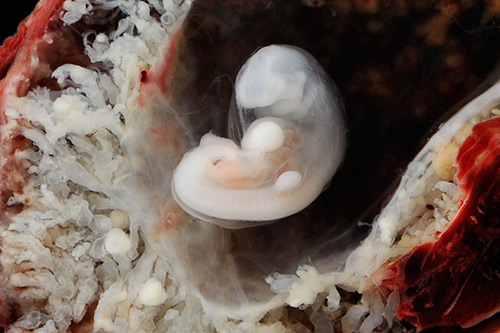
Second Trimester
The second trimester lasts until the 27th week of pregnancy (or 25 weeks after conception).
By the 15th week of pregnancy (13 weeks after conception), the fetus now produces urine, the neck becomes more defined, and the arms have completed their growth. The fetus begins to grow bones and has distinct hair growth pattern. The spleen develops enough to form red blood cells. During an ultrasound scan, gender can be assigned.
The ears complete their development by the 19th week of pregnancy (17 weeks after conception). A fetus is also able to make sucking motions. At this point, ultrasounds will now show the baby moving. The fetus can now hear noises outside the womb and will begin accumulating fate. A uterus may begin to develop, as well.
The human fetus is viable by week 23 of pregnancy (21 weeks after conception). This means that the tiny human now has a good chance at surviving outside the womb with medical intervention.
By the 25th week of pregnancy (23 weeks after conception), the fetus starts to swallow. The baby also develops finger and footprints during this time. Testes begin to descend. The fetus is now able to react to and distinguish external sounds (like its mother’s voice).
During the last two weeks of the second trimester, the fetus is now able to inflate and deflate its lungs. Its nervous system also continues to develop.
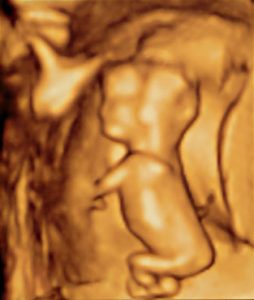
A 3D ultrasound of a ~14 week old pre-born baby. By Biagio Azzarelli – Flickr, CC BY-SA 2.0, Link
Third Trimester
The third trimester begins at week 28 (26 weeks from conception). It marks the last 12 weeks of pregnancy.
From weeks 28 to 31 of pregnancy (26 to 29 weeks since conception), the baby grows eyelashes and the eyes are open most of the time. The bones are all formed but still quite soft and the red blood cells are beginning to form in the bone marrow. By week 31, the nervous system has developed enough to control body temperature. A baby born at this stage has a 90% survival rate.
For the last 8 weeks of pregnancy, the human fetus often practices breathing as the lungs finish developing. The baby is able to absorb minerals from its intestinal tract and the eyes are able to detect light. The baby develops a firm grip and gains about a half a pound every week until delivery.
The human baby has completed gestation by the 40th week of pregnancy (38 weeks after conception).


